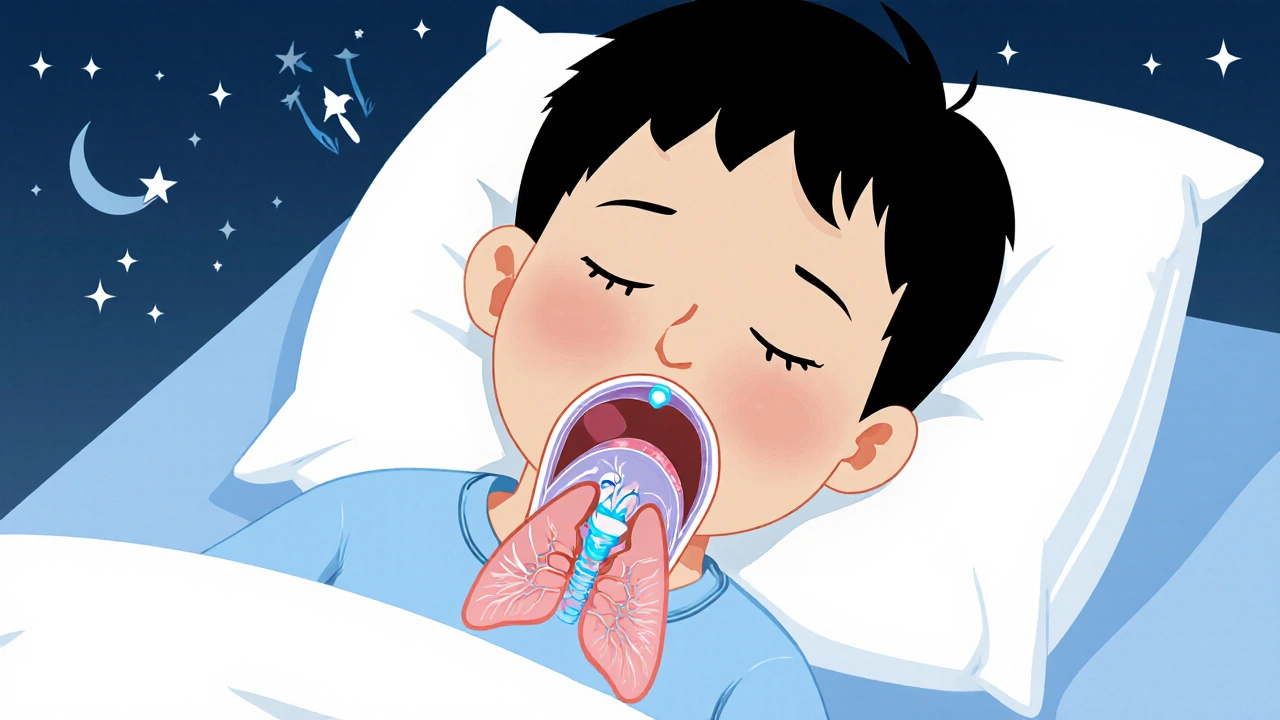When a child struggles with constant throat infections, loud snoring, or trouble breathing at night, doctors often recommend adenotonsillectomy, the surgical removal of both the tonsils and adenoids. Also known as T&A, this procedure is one of the most common surgeries performed on children in the U.S., and for good reason—it can dramatically improve sleep, reduce infections, and even help with behavior and school performance.
Adenotonsillectomy isn’t just about removing tissue. It’s about fixing a chain of problems. Enlarged tonsils and adenoids block the airway, leading to sleep apnea—where breathing stops briefly during sleep. This isn’t just noisy; it can affect oxygen levels, brain development, and daily energy. Kids with this issue often wake up tired, have trouble concentrating, or act out. Removing the obstruction doesn’t just stop snoring—it can turn a tired, irritable child into a focused, energetic one. The surgery also cuts down on recurring strep throat and ear infections, which often stem from bacteria hiding in these tissues.
While it’s most common in kids, adults with chronic tonsillitis or obstructive sleep apnea may also need it. The procedure is done under general anesthesia and usually takes less than an hour. Recovery takes about 10 to 14 days, with the worst pain in the first few days. Pain management, staying hydrated, and eating soft foods are key. Bleeding is rare but serious—if you see bright red blood after surgery, get help right away. Some parents worry about the risks of anesthesia or the idea of removing immune tissue, but studies show the body easily compensates. The immune system doesn’t rely on tonsils and adenoids alone.
After surgery, many families notice immediate changes: better breathing, fewer fevers, and kids who actually sleep through the night. But recovery isn’t just physical—it’s emotional too. Parents often feel guilty about putting their child through surgery, but the long-term benefits outweigh the short-term discomfort. This isn’t a cosmetic fix. It’s a medical intervention with real, measurable results.
Below, you’ll find real patient experiences and practical advice tied to adenotonsillectomy and related treatments. From managing pain after surgery to understanding how this procedure connects to sleep disorders and antibiotic use, the posts here give you the facts you need without the fluff. Whether you’re a parent, caregiver, or adult considering the surgery, you’ll find clear, no-nonsense guidance.

Pediatric sleep apnea is often caused by enlarged tonsils and adenoids. Learn how surgery, CPAP, and other treatments help children breathe better at night and avoid long-term health risks.